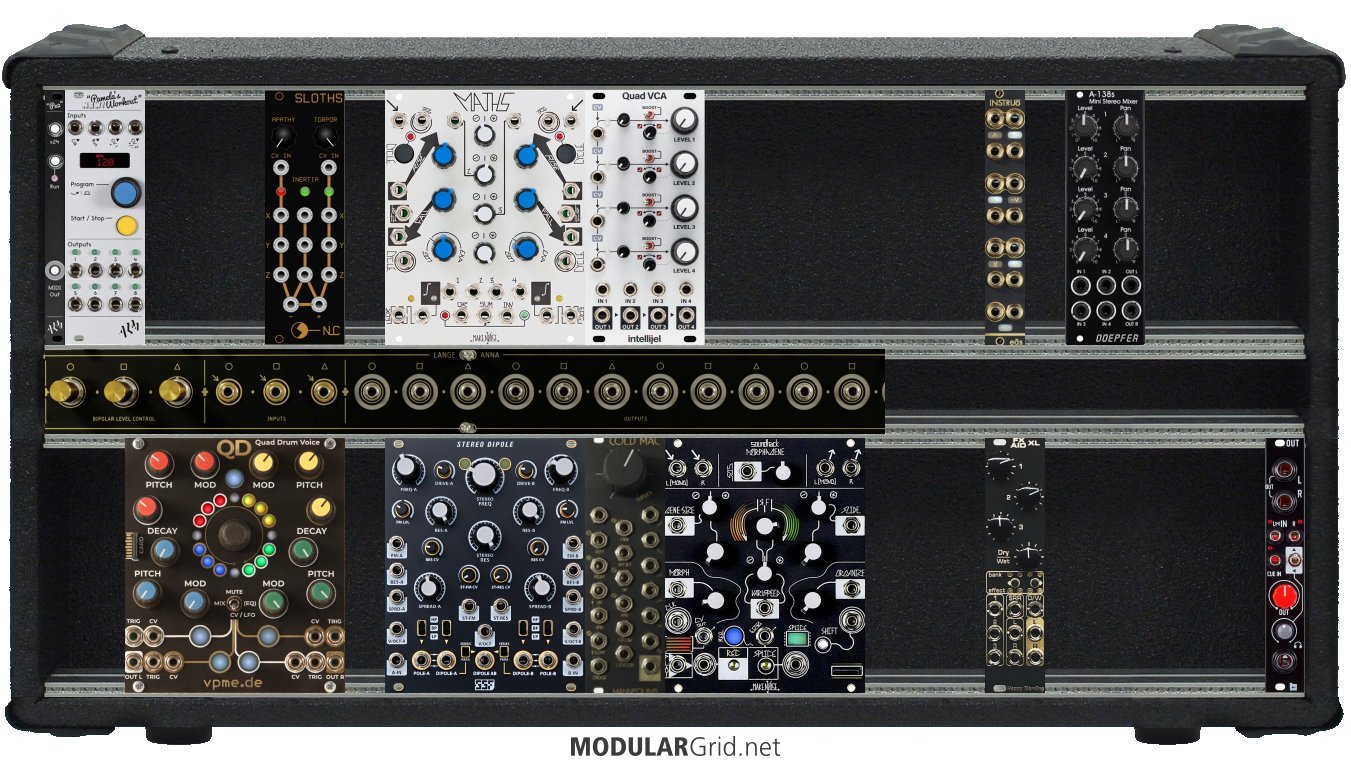I have loved using MG; thank you for building it!
I have three things I'd find really useful:
I really enjoy using racks to build/plan my "wishlist" of modules that I'd like to buy and figure out where to put the new ones... so some of the modules in my rack I own already (and they're in my Collection), but others I don't yet own. It'd be amazing to be able to dim them (e.g. put a 50% opacity solid black/white div over the image) as "placeholders". That way I can see where I'd like to put the modules I haven't bought yet, and at a glance tell which I have and which I don't have. A small add-on would be to show two total cost numbers for the rack: total, and total to buy (wishlist, or things not in my Collection). A toggle in the rack settings ("Dim things not in my collection") would let people opt-in to this display mode. I'd guess this could be based on the "in Collection" boolean/flag for each module.
The total-rack power values are great, but sometimes I toggle back and forth between the Data Sheet view and the Rack view to see row-by-row statistics (which are at the bottom of the DS table). It'd be fantastic to be able to turn on/off a row-statistics view to the side of the rack, aligned with that row. Module count (passive count, too, but not as important to me), and power consumption in the row. That would let me see things like a specific row has a lot of power-hungry modules and the row below/above it doesn't, so that I can move things around to balance that out. An add-on here would be to make the "consolidate space" button that rearranges modules take power-balancing into consideration, too!
Rack statistics, and maybe even Collection statistics: I am a bit of a nerd for how my rack (and my module Collection) is balanced: each module has tags for functions (e.g. Oscillator, LPG, etc)... what percentage of the modules in the rack are Oscillators? How many things that can be LFOs do I have? Do I have way too many VCAs (how could that even happen?)? A chart would be awesome, but even just a table showing counts would be fun. In the same way, what about manufacturer breakdown (This rack is 30% Instruo, 41% DIY, 3% Make Noise, etc), module widths, or other facts about the rack in aggregate? I am the type of person to build a spreadsheet to figure stuff like this out, but maybe other people aren't ... like that.
Thanks for asking for feedback/ideas!
-- gimbalgambit
These ideas are brilliant. I was hunting in here for an API discussion, as a few times now I’ve had to resort to copying from my rack data sheet to a spreadsheet and stripping out the text (“mA”, “mm”, “hp”) to better-arrange my modules according to power zones. Allowing some sort of API access like this for Unicorns, along with pull requests for other features that can be opted into for Unicorns, would circumvent this.
Would it be possible to display the current firmware version for modules where applicable..?
Would depend on the community/manufacturer to keep it up to date but would mean I look in one place
-- matt_was_taken
This could already be added into the description field by the community or manufacturers.
I have two feature requests of my own:
- a few times I’ve had my panel changed when somebody had added an aftermarket version, most recently with Pamela’s New Workout - I was surprised to find I suddenly had a black panel. It may be a good idea to give a manufacturer-prefenced first panel option.
- The current method of dealing with modules with optional 5V on certain modules is clunky at best (different versions for e.g. BIA, SMR, RCD) and broken at worst (no version for Mordax DATA). Is there a way an optional voltage flag could be enabled per-module?




